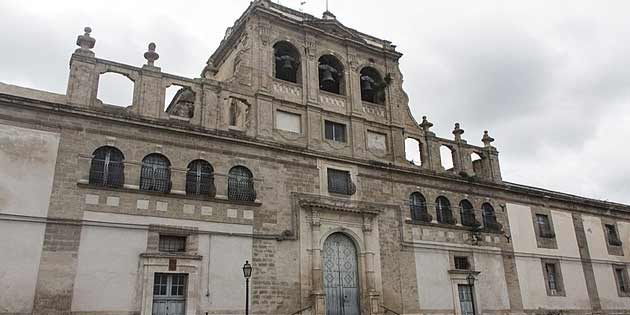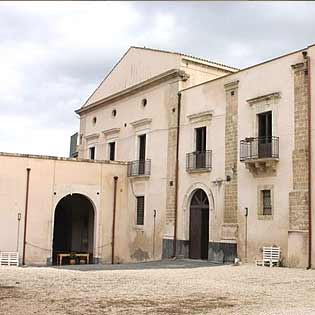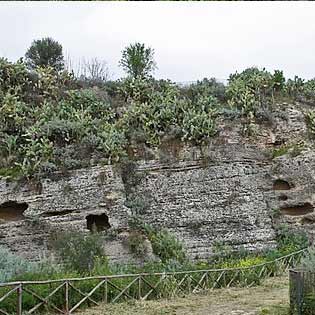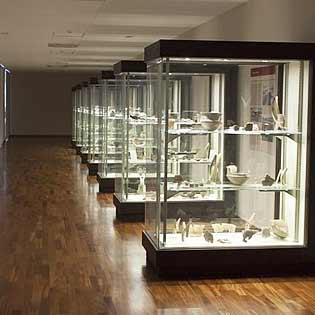Church of the Holy Trinity of Lentini

Davide Mauro - CC4.0
The Church of the Holy Trinity in Lentini is one of the churches of greatest artistic interest in the city, to the point of having been proclaimed a National Monument.
It was built, together with the adjacent Convent of the Poor Clares, at the beginning of the 18th century on the remains of sixteenth-century Palazzo La Palumba and Palazzo Falcone. The convent, also known as A Badia, brought together the three convents of the same order which were formerly located in the neighboring districts of San Paolo, Roggiu and Santa Mara Vecchia and which collapsed following the earthquake of 1693.
The church has a tower facade with a series of lateral arched windows and blind arches and is characterized by the light blue color of the three doors and windows. The arched central portal is surmounted by an elegant beam above which there is a window enclosed by a rounded grating, while the lateral portals, rectangular in shape, are surmounted by two small rectangular windows. The massive bell tower has three arches bearing as many bronze bells. On the sides of it there are six cupped pinnacles that crown the facade of this church.
The interior has a single large nave decorated with stucco and frescoes, and has a floor entirely covered with ceramic tiles of Caltagirone from the eighteenth century, the ancient flooring of the hall of Palazzo La Palumba, miraculously saved from the earthquake.
In the nave you can admire the artistic gratings, now walled up, from which the cloistered nuns looked out during religious functions.
Of particular value is the eighteenth-century fresco, present in the barrel vault, by the Catania painter Sebastiano Lo Monaco depicting the Holy Trinity with Saints Martian, Benedict, Clare and Francis, and the valuable crenellated triangular pediment of the apse which dominates the statue depicting the Immaculate Madonna.
Among the works kept inside the church, of particular artistic value are: the Crucifixion, The Triumph of Santa Chiara and the Holy Trinity and San Marziano, all works by Giuseppe Velasco; a polyptych belonging to the School of Antonello da Messina depicting the Adoration of the Shepherds to the Child Jesus, the Transfiguration of Jesus; and a panel from the 15th century depicting Saint Anthony, who escaped the earthquake of 1693.


